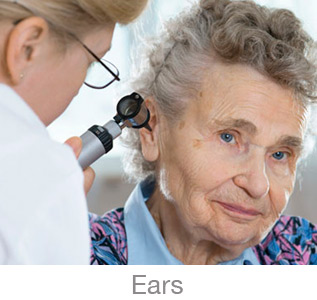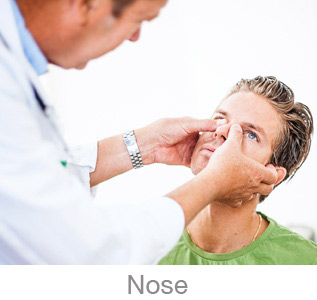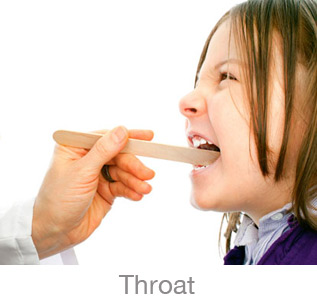Children face many of the same health problems that adults do, however symptoms may show themselves differently and treatment methods that work well in adults may not be appropriate for children.
What is tonsillitis?
Tonsillitis refers to inflammation of the pharyngeal tonsils (glands at the back of the throat, visible through the mouth). The inflammation may involve other areas of the back of the throat, including the adenoids and the lingual tonsils (tonsil tissue at the back of the tongue). There are several variations of tonsillitis: acute, recurrent, and chronic tonsillitis, and peritonsillar abscess.
Viral or bacterial infections and immunologic factors lead to tonsillitis and its complications. Nearly all children in the United States experience at least one episode of tonsillitis. Due to improvements in medical and surgical treatments, complications associated with tonsillitis, including mortality, are rare.
Who gets tonsillitis?
Tonsillitis most often occurs in children, but rarely in those younger than two years old. Tonsillitis caused by bacteria (streptococcus species) Streptococcus species typically occurs in children aged 5 to 15 years, while viral tonsillitis is more common in younger children. A peritonsillar abscess is usually found in young adults but can occur occasionally in children. The patient's history often helps identify the type of tonsillitis present (i.e., acute, recurrent, chronic).
What happens during the physician visit?
Your child will undergo a general ear, nose, and throat examination as well as a review of the patient’s medical history.
Treatment
Tonsillitis is usually treated with a regimen of antibiotics. Fluid replacement and pain control are important. Hospitalization may be required in severe cases, particularly when there is airway obstruction. When the condition is chronic or recurrent, a surgical procedure to remove the tonsils is often recommended. Peritonsillar abscess may need more urgent treatment to drain the abscess.





